Washing fruits and vegetables before eating is an important hygiene habit to protect your health.
Fruits and vegetables can carry disease-causing bacteria if not washed and stored properly, according to GoodRx (USA).
However, we should not completely eliminate vegetables from our diet, because they provide many vitamins and minerals essential for health.
To avoid the risk of food poisoning, Ms. Lindsay Boyers, a nutritionist working in the US, shared how to choose and wash fruits and vegetables.
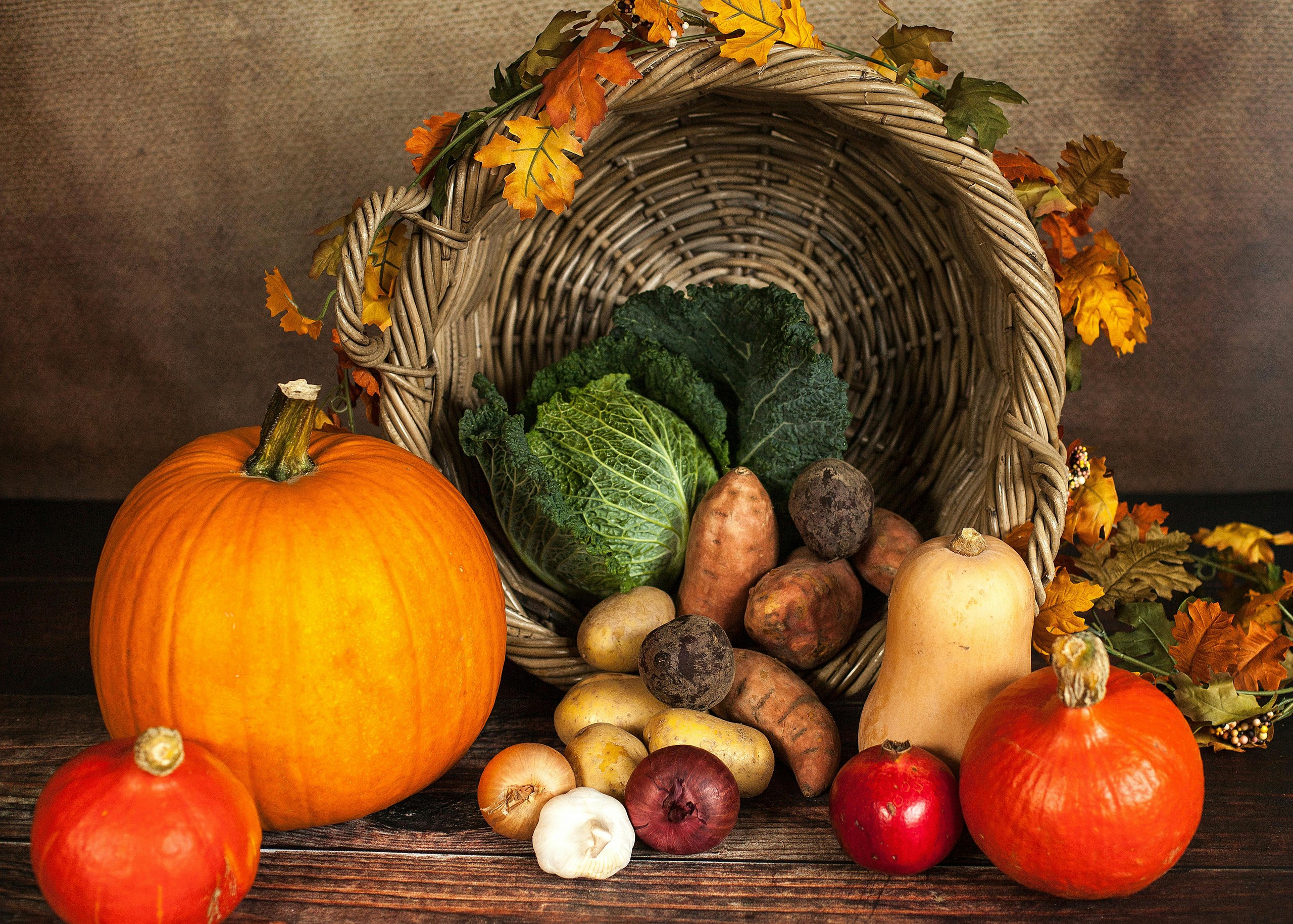
Fruits and vegetables can carry disease-causing bacteria if not washed and stored properly.
The Importance of Washing Fruits and Vegetables
According to the US Centers for Disease Control and Prevention (CDC), fruits and vegetables can be contaminated with disease-causing bacteria such as E. coli, Salmonella and Listeria.
These bacteria can stick to the surface of fruits and vegetables during growing, harvesting, transporting or even right in our kitchens.
More dangerously, bacteria can penetrate deep inside fruits and vegetables when we cut or peel them.
Therefore, thoroughly washing fruits and vegetables is an effective way to remove bacteria and other contaminants, reducing the risk of foodborne illnesses.
Even if you don't eat the skin, washing is still important because bacteria can spread from the skin to the meat inside.
How to wash fruits and vegetables
Before you begin, wash your hands thoroughly with soap and warm water for at least 20 seconds to remove bacteria from your hands.
Next, soak the fruits and vegetables under running water, gently rubbing their surfaces.
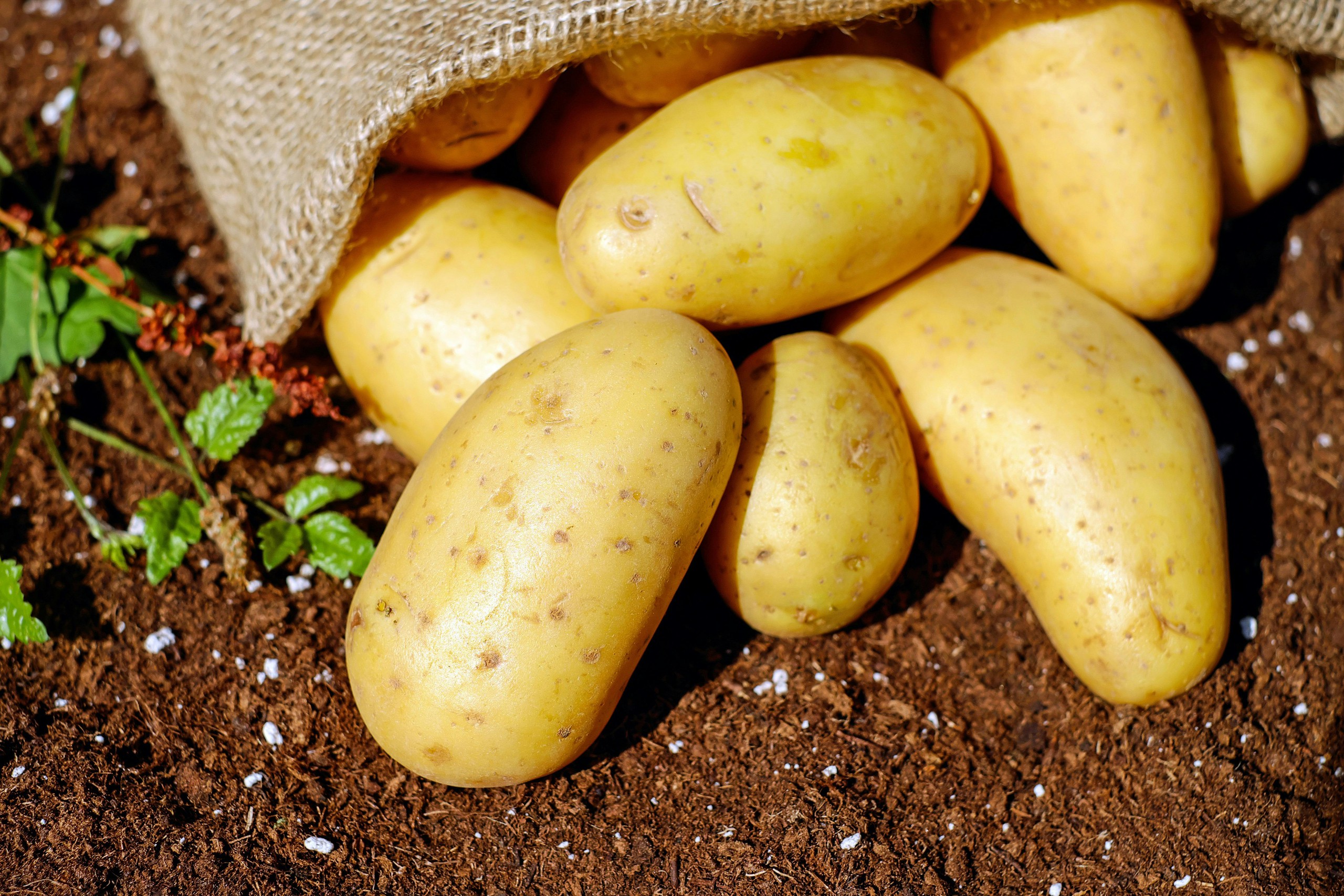
Each type of vegetable has its own characteristics and requires different washing methods.
For vegetables with soil on the skin such as carrots and potatoes, you can use a special brush to scrub them clean. After washing, use a clean paper towel to dry them to completely remove any remaining water.
Each type of vegetable has its own characteristics and requires different washing methods.
Green vegetables have many layers of leaves. To remove dirt and bacteria, remove the outer leaves and wash each leaf thoroughly under running water, gently rubbing to clean.
For soft fruits like strawberries, you can place them in a colander and rinse under running water, then gently rub each fruit.
For fruits with hard skins like apples or pears, using a brush will help clean more effectively, helping to remove dirt stuck deep in the skin.
You should wash fruits and vegetables immediately before using them. Washing them too soon can cause bacteria to grow back.
Can pesticides be removed from fruits and vegetables?
Although there is no way to completely remove pesticides from fruits and vegetables, we can still minimize the amount of residue using a number of methods.
First, peeling is an effective way to remove the outer layer that may contain pesticides. Additionally, thorough scrubbing with a brush and clean water also helps remove dirt.
Soaking vegetables in a baking soda solution also reduces the amount of residual pesticides.
To ensure more safety, you should prioritize buying organic vegetables, grown without using chemicals.
Source: https://thanhnien.vn/cach-rua-rau-xanh-ca-rot-khoai-tay-185241105200903801.htm


![[Photo] Prime Minister Pham Minh Chinh chairs meeting after US announces reciprocal tariffs](https://vstatic.vietnam.vn/vietnam/resource/IMAGE/2025/4/3/ee90a2786c0a45d7868de039cef4a712)
![[Photo] Ho Chi Minh City speeds up sidewalk repair work before April 30 holiday](https://vstatic.vietnam.vn/vietnam/resource/IMAGE/2025/4/3/17f78833a36f4ba5a9bae215703da710)
![[Photo] General Secretary To Lam receives Japanese Ambassador to Vietnam Ito Naoki](https://vstatic.vietnam.vn/vietnam/resource/IMAGE/2025/4/3/3a5d233bc09d4928ac9bfed97674be98)
![[Photo] A brief moment of rest for the rescue force of the Vietnam People's Army](https://vstatic.vietnam.vn/vietnam/resource/IMAGE/2025/4/3/a2c91fa05dc04293a4b64cfd27ed4dbe)
![[Photo] Prime Minister Pham Minh Chinh chairs the first meeting of the Steering Committee on Regional and International Financial Centers](https://vstatic.vietnam.vn/vietnam/resource/IMAGE/2025/4/3/47dc687989d4479d95a1dce4466edd32)
![[Photo] Capital's youth enthusiastically practice firefighting and water rescue skills](https://vstatic.vietnam.vn/vietnam/resource/IMAGE/2025/4/3/3f8481675271488abc7b9422a9357ada)
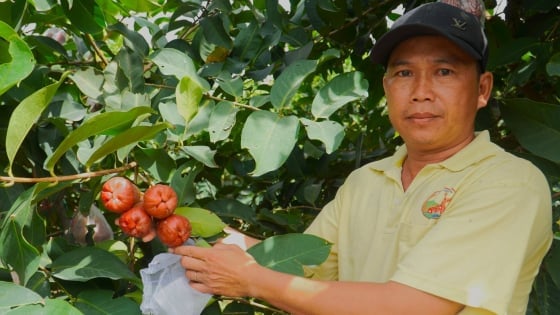

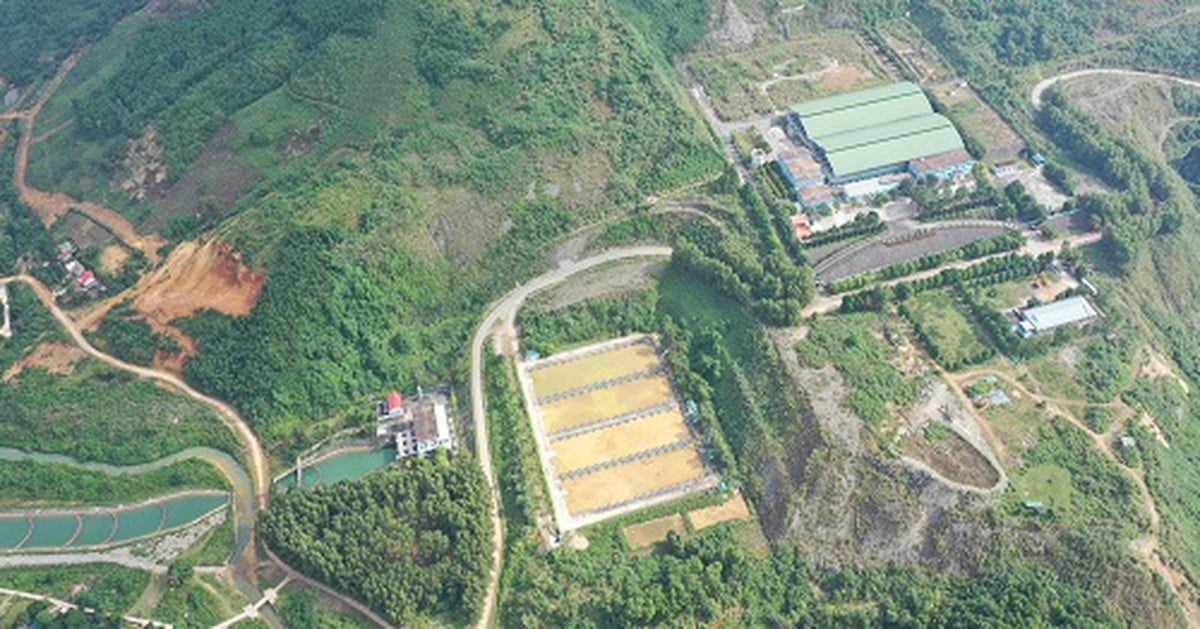



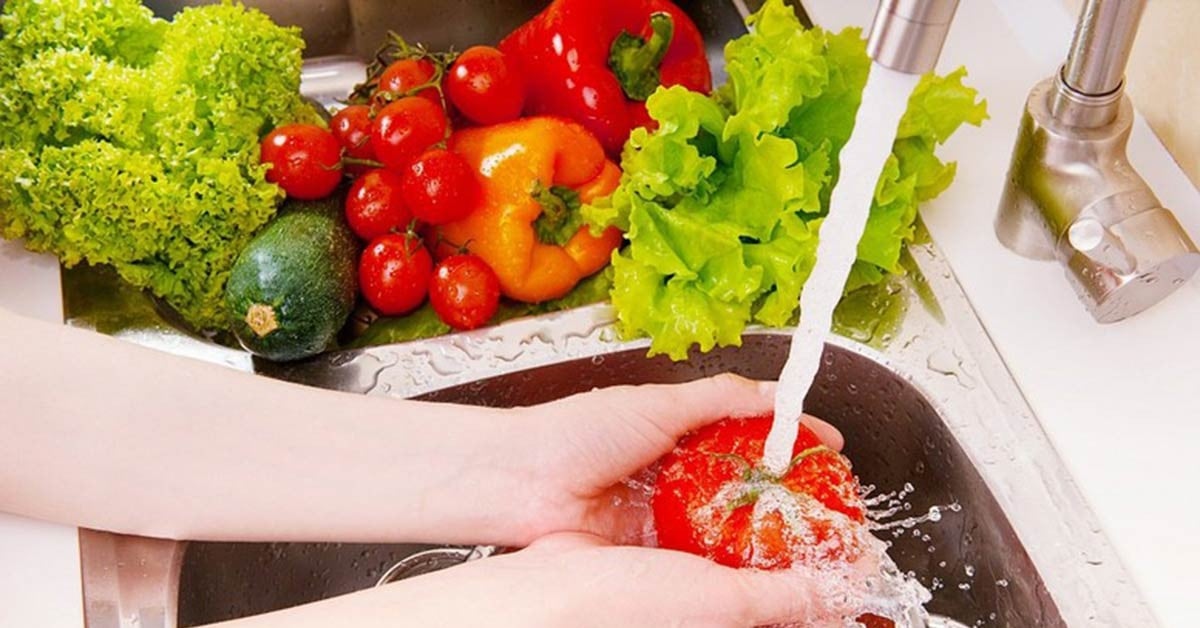

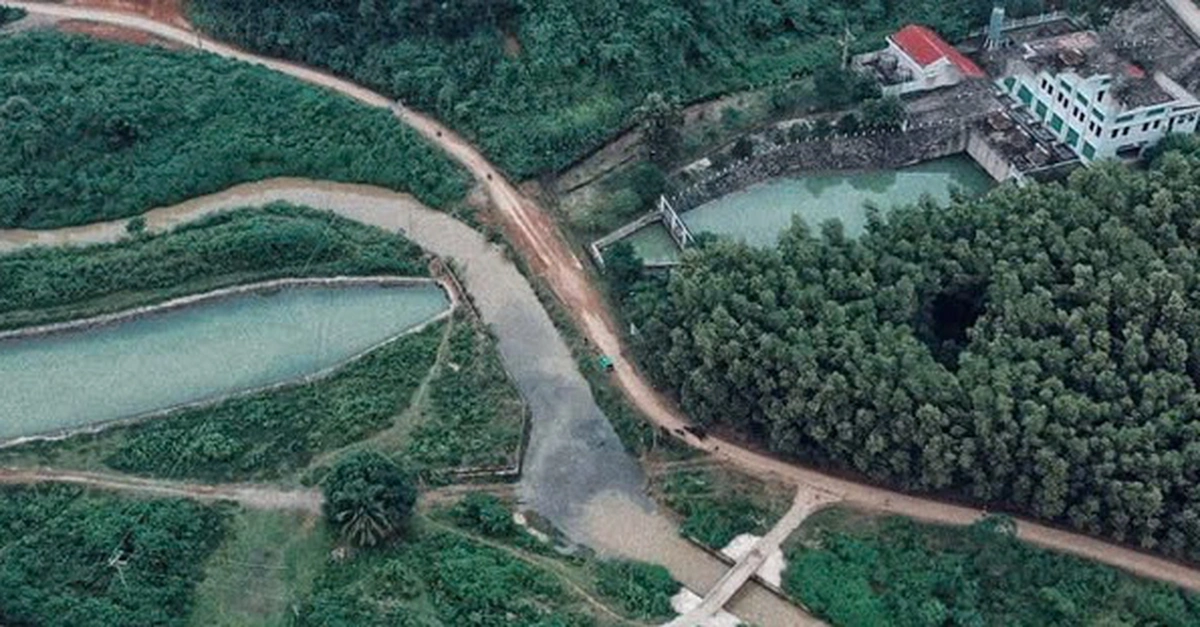
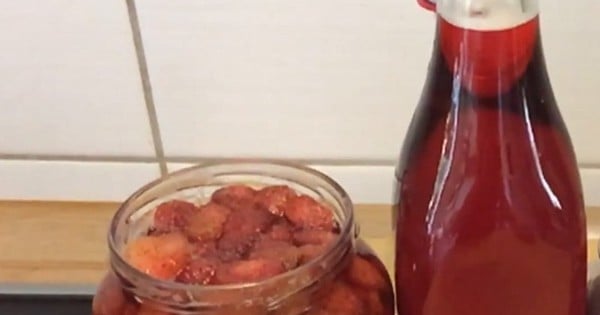


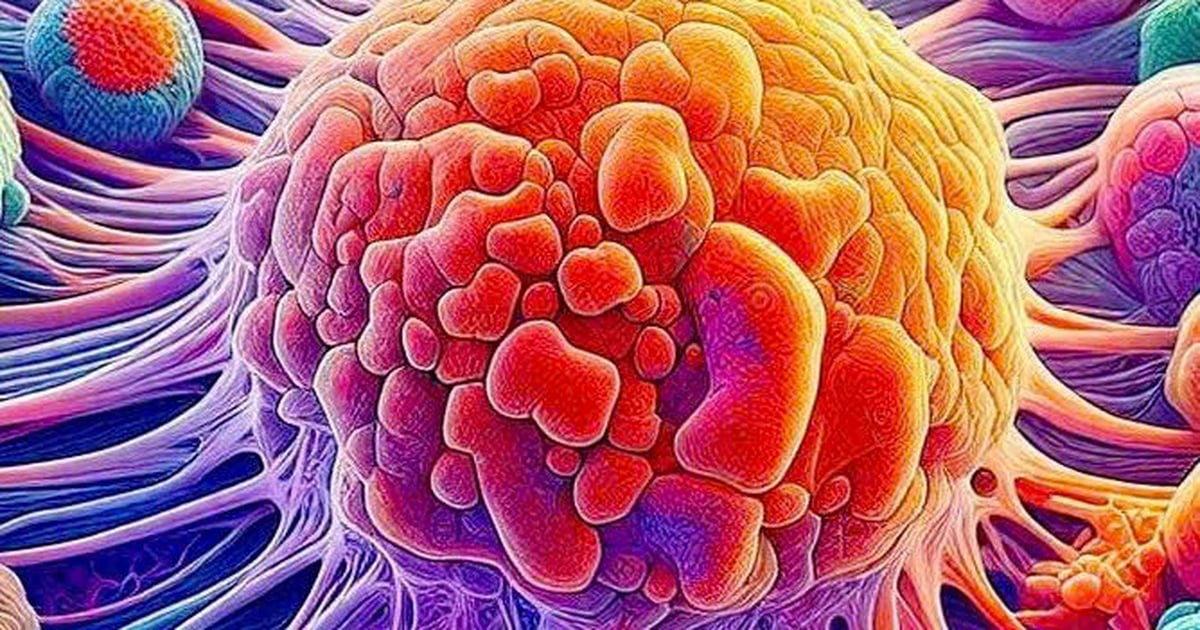


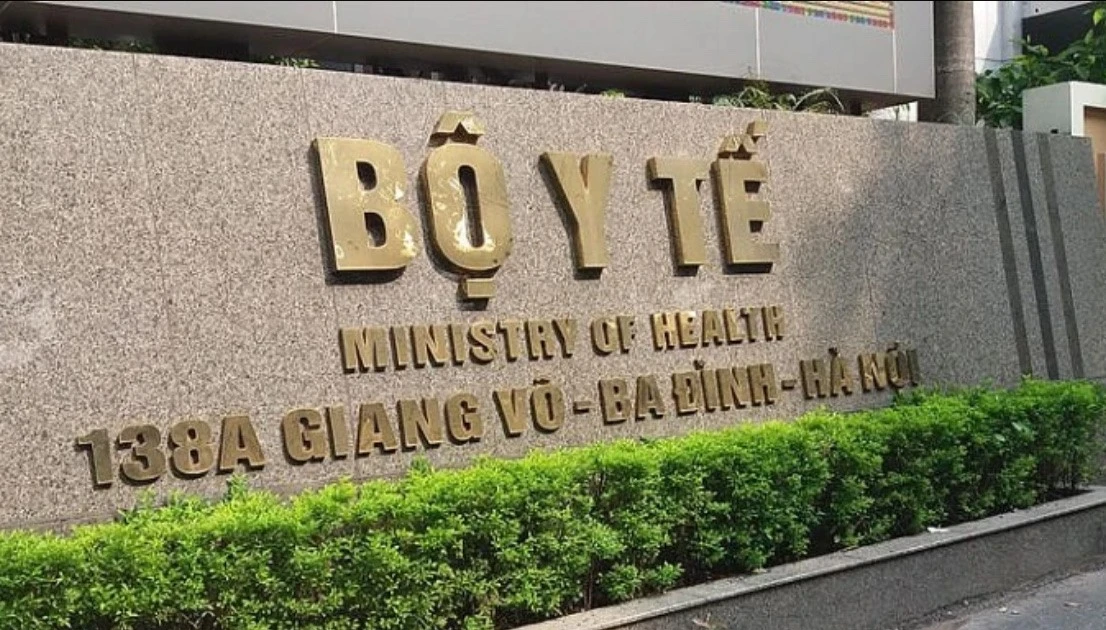
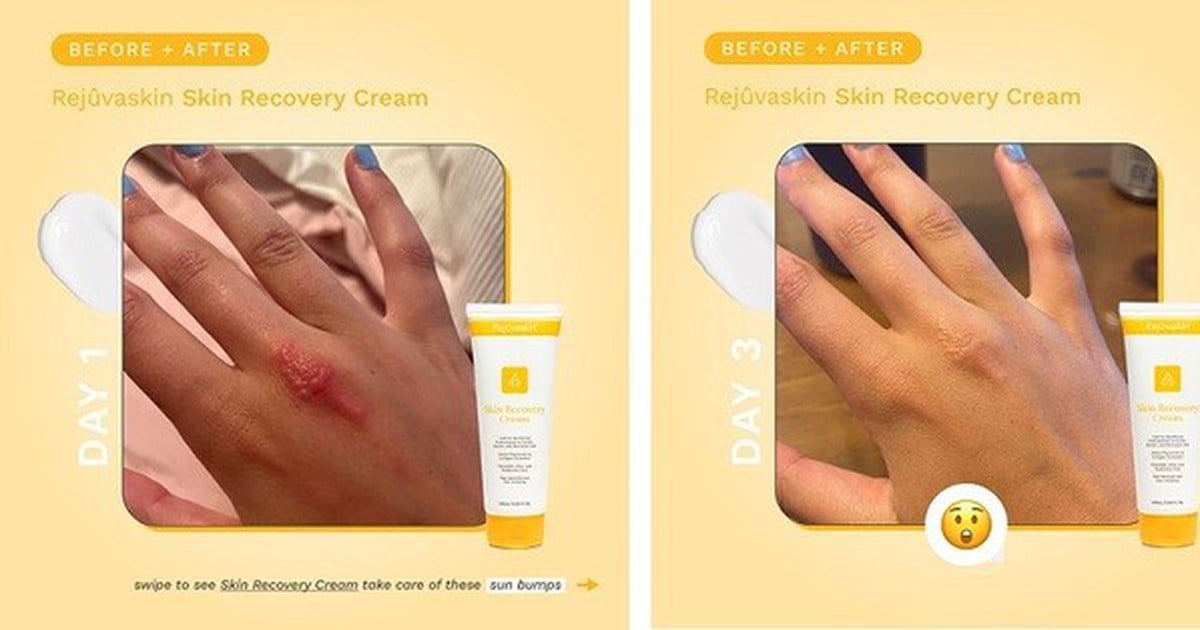





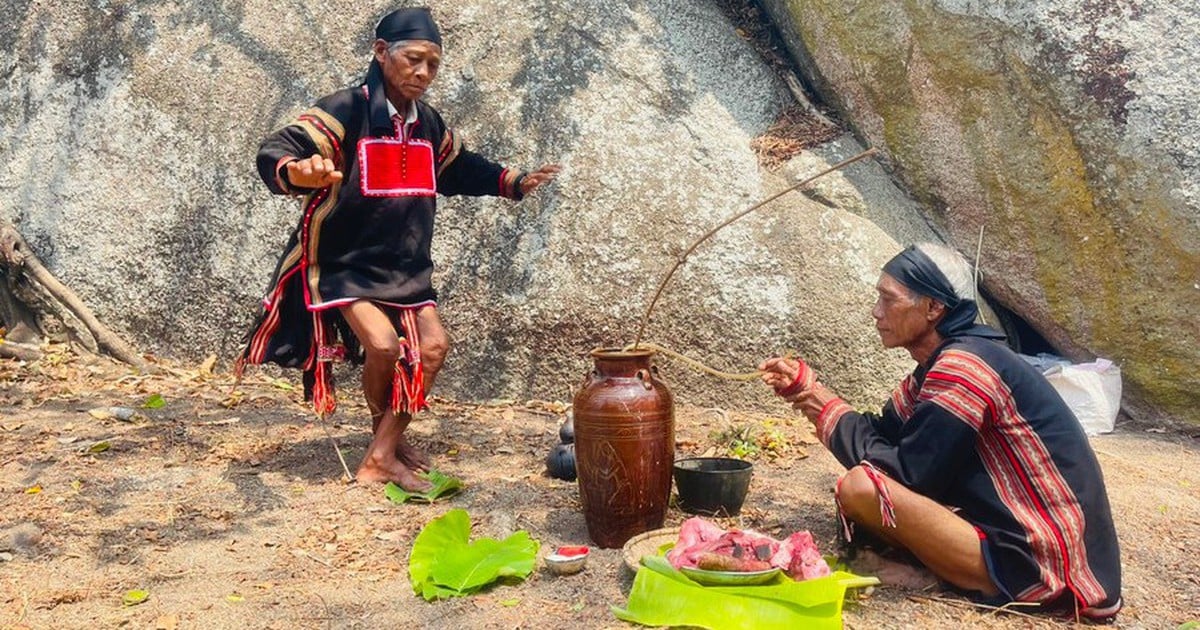



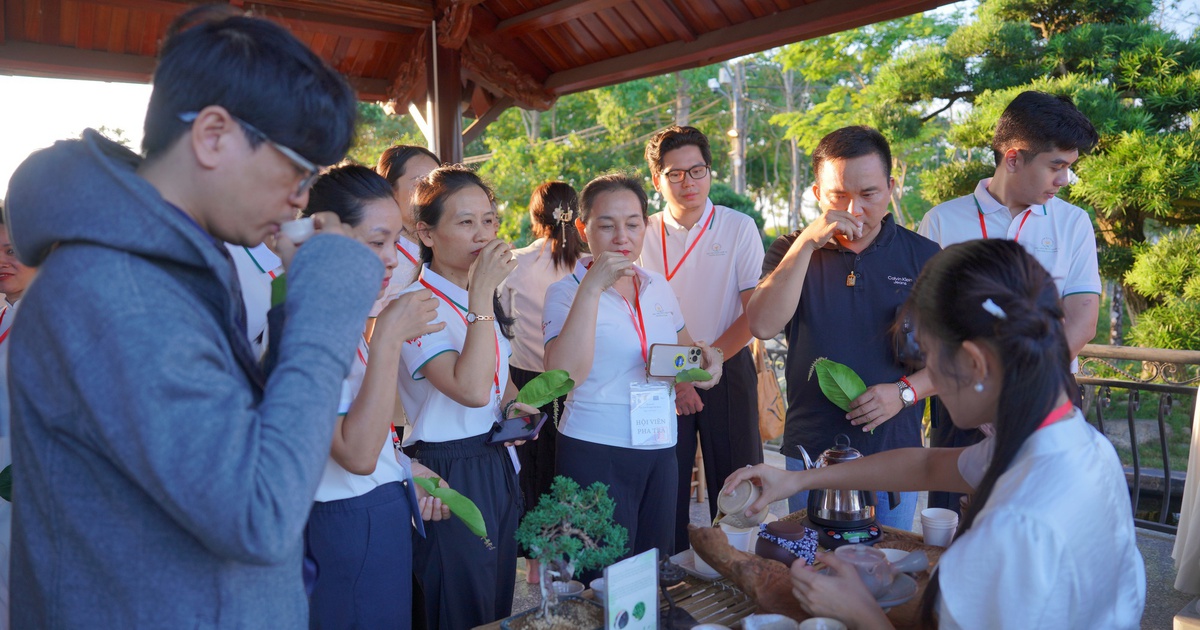












































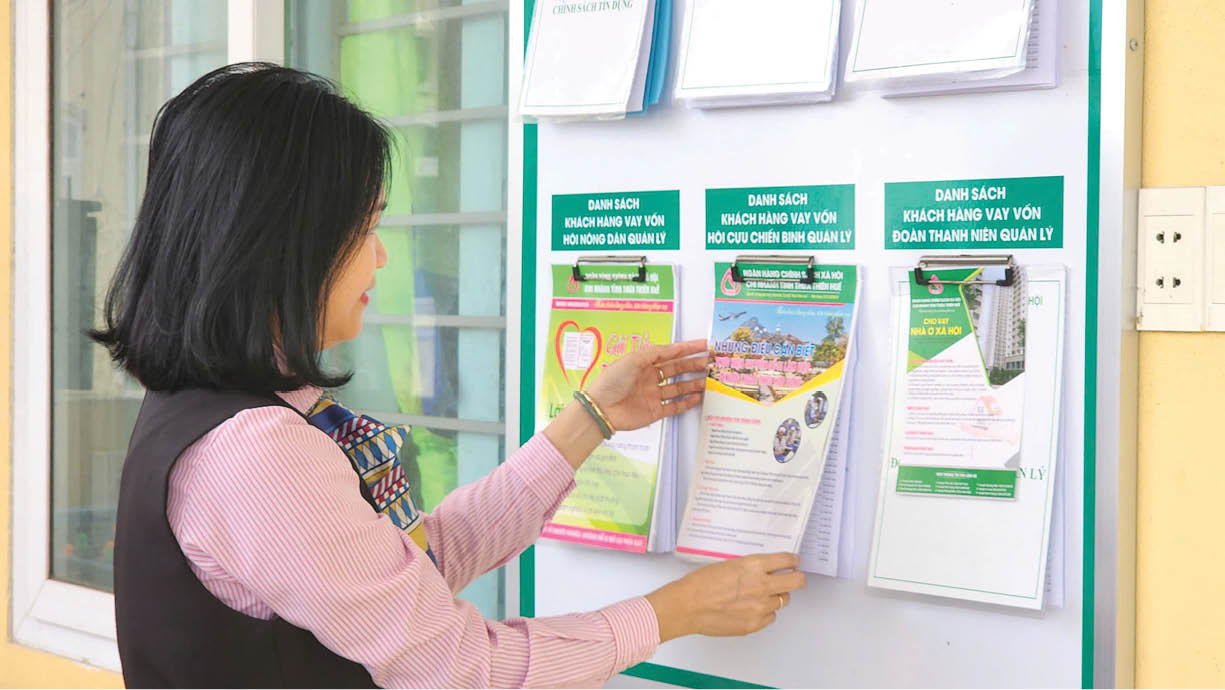
















Comment (0)